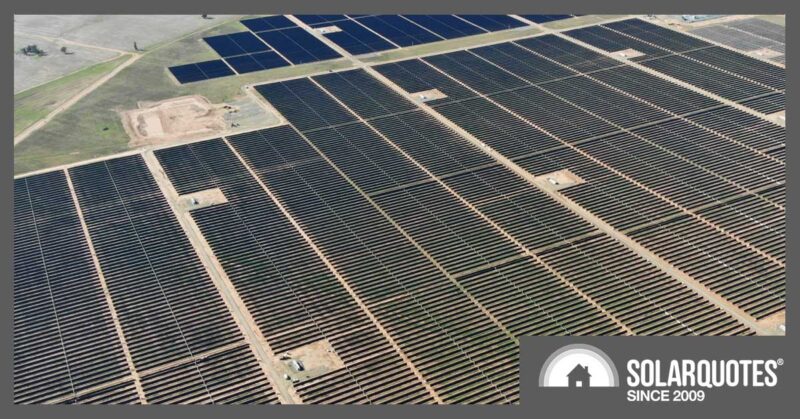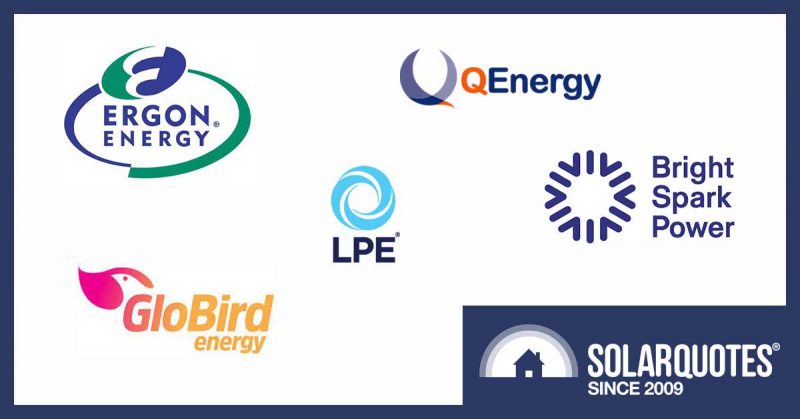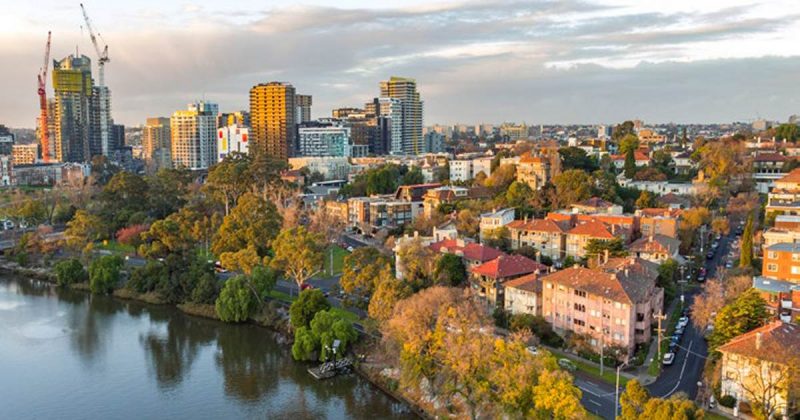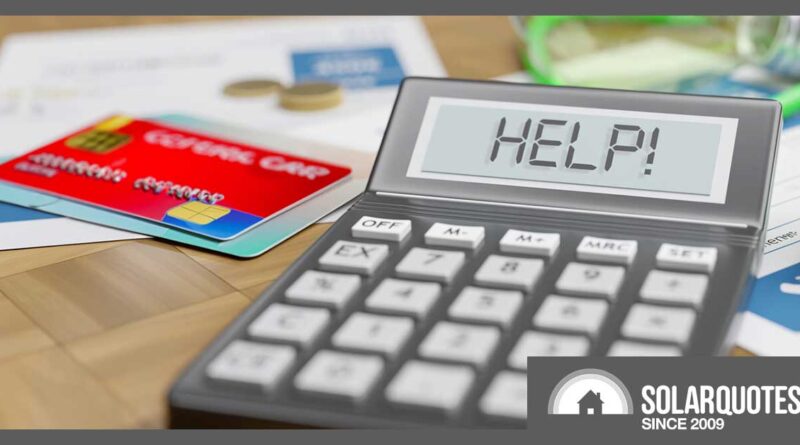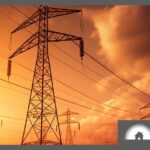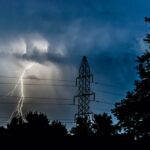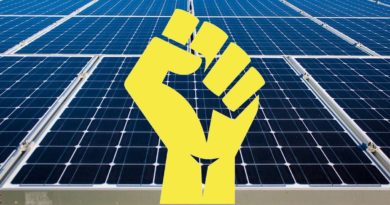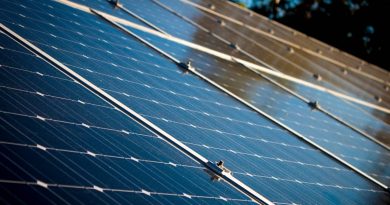More Customers Take the Hit: EnergyAustralia’s Prices to Rise

EnergyAustralia has announced its 2023 Default Market Offer (DMO), Victorian Default Offer (VDO) and Variable Market contract price increases.
For those not versed in the Australian energy market, here’s a quick explainer of those acronyms:
- Default Market Offer (DMO): This is a safety net for New South Wales, South Australia, and Southeast Queensland customers. It’s a basic energy plan with a price cap set by the Australian Government to stop energy companies from charging too much.
- Victorian Default Offer (VDO): This is the same as the DMO, but it’s just for folks in Victoria. It’s another basic energy plan with a set maximum price, decided by the Victorian Government.
- Variable Market Contracts: These plans don’t have a price cap. Energy companies can change the prices whenever they like, but they must give you 10 days’ notice. They might have special discounts or rewards, but you must shop for the best deal.
In a nutshell, DMO and VDO are like safety nets, while Variable Market Contracts might be cheaper or more expensive, depending on the offer.
EA blames wholesale prices
Energy Australia attributes the increases to “sustained increases in the cost of wholesale electricity”.
For its most vulnerable customers, the provider runs the EnergyAssist program.
EnergyAustralia chief customer officer Mark Brownfield said the company expects EnergyAssist to cost around $30 million supporting customers “experiencing financial hardship with their energy costs”, which is 16% up on last year.
“This support covers payment plans, staying-connected guarantees, debt relief and, for small businesses, cashflow assistance is available. Through EnergyAssist, we also work with customers to ensure they are on the most affordable plan for their circumstances and provide over the phone energy efficiency advice.”
Default Market Offers
Residential
| State | Increase | Annual Average | Date |
|---|---|---|---|
| NSW | 20.5% | $338 | 1 July |
| Victoria | 23.6% | $324 | 1 July |
| SA | 23.2% | $435 | 1 July |
| SE Qld | 20.3% | $286 | 1 August |
Small Business
| State | Increase | Annual Average | Date |
|---|---|---|---|
| NSW | 18.5% | $815 | 1 July |
| Victoria | 22.3% | $551 | 1 July |
| SA | 26.5% | $1,653 | 1 July |
| SE Qld | 21.4% | $1,283 | 1 August |
Variable Market Contracts
Residential
| State | Increase | Annual Average | Date |
|---|---|---|---|
| NSW | 14.9% | $368 | 1 August |
| Victoria | 25.9% | $482 | 1 August |
| SA | 17.2% | $435 | 1 September |
| SE Qld | 11.8% | $286 | 1 September |
Small Business
| State | Increase | Annual Average | Date |
|---|---|---|---|
| NSW | 12.8% | $855 | 1 August |
| Victoria | 25.8% | $1,296 | 1 August |
| SA | 12.8% | $577 | 1 September |
| SE Qld | 9.7% | $780 | 1 September |
Brownfield said:
“Today’s changes reflect higher prices for wholesale electricity and gas due to energy market volatility in 2022. The changes to the Default Market Offer and Victorian Default Offer electricity prices reflect recent determinations by the Australian Energy Regulator and the Essential Services Commission of Victoria.”
“We are … continuing to work with government and coal and gas suppliers to ensure the government’s market interventions announced late in 2022 deliver price increases which are less than they would have been without those interventions.”
Tips for dealing with increasing grid electricity prices:
- You can use SQ’s Energy Plan Comparison Tool to see an instant, solar-friendly view of electricity plans in your postcode. Information gleaned from this may be used to negotiate with your current electricity retailer to give you a lower usage tariff and higher feed-in tariff.
- Want to pay someone else to do the legwork for you? Consider using our friends at Bill-Hero.
- Solar and batteries reduce your reliance on the grid. With a big enough system, you can stop worrying about grid electricity inflation. SQ’s solar and battery calculator can show your savings in about 30 seconds.
Original Source: https://www.solarquotes.com.au/blog/energy-australias-prices-rise/
